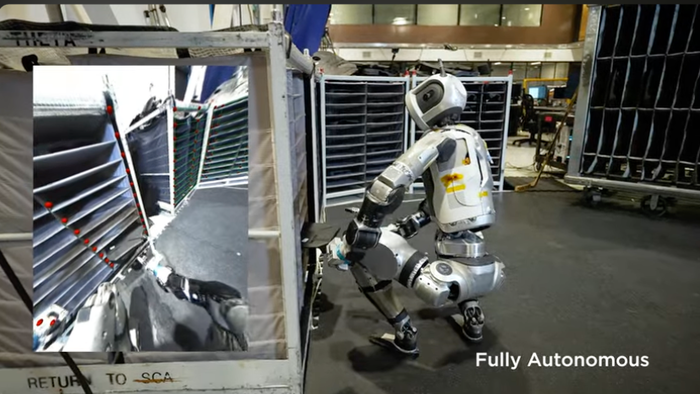In the rapidly evolving landscape of robotics and artificial intelligence (AI), recent events have highlighted the competitive dynamics between industry leaders, particularly Tesla’s Elon Musk and Boston Dynamics. During the Future Investment Initiative Conference in Saudi Arabia, Musk made ambitious predictions about the future of AI, suggesting a future where humanoid robots outnumber humans by 2040. His comments emphasized the impact of AI integration across various sectors, promoting his Optimus robot as a vital player in this transformative age. Musk underscored the affordability of the Optimus, predicting a price tag of under $30,000, positioning it as a household name that could automate numerous tasks, thereby solidifying Tesla’s foresight in the AI and robotics market.
In tandem with Musk’s proclamations, Boston Dynamics released a video showcasing their own humanoid robot, Atlas, engaging in automated warehouse tasks akin to those seen in major distribution centers like Amazon. The timing of this release could be interpreted as a strategic response to the growing buzz around Tesla’s Optimus. The Atlas robot demonstrated its capabilities by autonomously moving engine covers, utilizing advanced machine learning algorithms for navigation, detection, and execution of tasks without human intervention. This highlights Boston Dynamics’ continued commitment to innovation and competition in a field dominated by hype and expectations regarding humanoid robotics.
Musk’s presentation at the “We, Robot” event earlier in October added further fuel to the excitement surrounding Optimus. He revealed that attendees were able to interact with the robots, hinting at a future where consumers could physically purchase these machines to assist in everyday activities. This vision not only paints a picture of humans and robots coexisting in daily life but also addresses economic implications, predicting wide-scale adoption of such technology ahead. Musk’s articulation of the Optimus as potentially Tesla’s most popular product signals the company’s strategy to pivot from automotive innovation to broader applications in robotics and AI.
Boston Dynamics’ Atlas robot operates with impressive autonomy, showcasing its ability to adjust to real-time changes in the environment. By using a combination of vision and sensor data, Atlas can consistently perform tasks while adapting to challenges like moving parts and environmental obstacles. This level of sophistication highlights the technological advancements completed through rigorous machine learning processes, aiming to bridge the gap between human labor and robotic automation. As robots increasingly take on warehouse duties, questions arise regarding the future of employment, particularly for low-skilled workers who are at risk of being replaced.
The broader societal implications of automation raise significant discourse around labor markets and immigration policy. With predictions indicating that millions of jobs may be lost to robots and AI, one might question the rationale behind current immigration policies that permit low-skilled labor to enter the workforce. The discussion hints at political motivations where leading parties may be courting votes rather than addressing the future dynamics of work and technology integration. However, this can lead to complex societal challenges, blending technological advancement with socio-political ramifications.
Ultimately, the rapid progression of robotics, as demonstrated through the competition between Tesla’s Optimus and Boston Dynamics’ Atlas, reflects not just technological innovation, but a shift in societal infrastructure. As these companies vie for supremacy in an arena growing more interconnected and transformative, it prompts considerations of economic landscapes, labor shifts, and the integration of AI into daily life. The dialogue surrounding humanoid robots like Optimus and Atlas embodies both excitement and trepidation about the future, forming a narrative that marries innovation with the essential question of how society will adapt to these emerging technologies.

